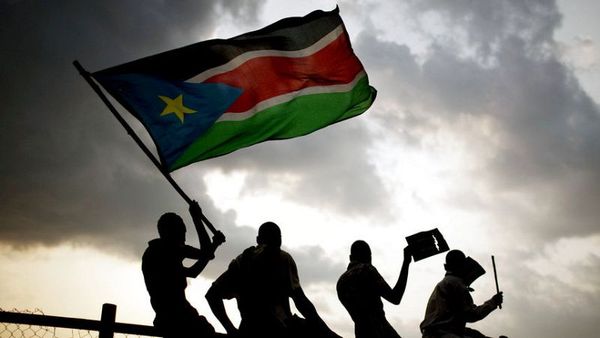
Climate change will begin altering water levels in the Ganga and the Brahmaputra in the next three decades, and after 2050, the rivers could record an abrupt decrease in flow, according to a study on the Hindu Kush and Himalayan (HKH) region that predicts disruptions which could jeopardise agriculture and access to drinking water.
The findings are part of the 600-page report from Kathmandu-based International Centre for Integrated Mountain Development (ICIMOD), which includes 210 authors who studied the ecology of the Hindu Kush and Himalayan region. The report, released on Monday, predicts that a third of glaciers in the HKH region will thaw if average global temperatures rise by 1.5°C.
For the Ganga, Brahmaputra and Indus, the report adds that water flow will gradually rise till 2050 before they start to plummet. This, the assessment adds, will consequently diminish the water available for drinking, irrigating farms, and producing electricity for roughly 250 million people living downstream.
“Although increases in meltwater are likely for the next few decades, melt water volume is likely to decrease abruptly once glacial storage is reduced,” the assessment said. Glacial storage refers to the amount of ice buildup that will turn into meltwater.
The impact will be most pronounced in the upper reaches.
River flow in the plains are also influenced by rains. The report warns that these predictions are based on an assumption of 1.5°C warming — a level the United Nations’s Intergovernmental Panel on Climate Change believes will be hit in early 2040s — and if the warming is more, the consequences will be higher. Two-thirds of the ice could vanish if governments fail to rein in greenhouse gas emissions this century, the report says.
According to an expert, the link between glacial melt with river flow depends on several factors. “Whether glacial retreat is going to contribute to increase in meltwater depends on the nature of retreat… Glacial melt is not directly proportional to increase in meltwater in rivers. The assessment is based on climate modelling… (but) it’s true that chances of glacial lake outbursts floods (GLOF) is high with temperature rise,” said AL Ramanathan, professor of environmental geology and glaciology laboratory, school of environmental sciences at JNU.
Authors and researchers involved in the study have recommended that the entire HKH region, including parts of India, remain engaged with the “loss and damage” process in climate negotiations. Loss and damage refers to an effort in the annual climate negotiations to create a legal framework where vulnerable countries can be compensated for losses due to climate change.
The assessment also highlights the extent of air pollution and deforestation in the region. Many cities in the HKH region and across the Indo-Gangetic plains have seen a spike in regional haze and winter fog episodes, as well as increased O3 (ozone). “The most significant land-use change in recent decades has been caused by degradation of grasslands and deforestation at lower altitudes,” the report added. The areas of alpine meadow and swamp meadow decreased by 25% and 35%, in the 1990s. Warm-temperate coniferous forest has disappeared from the south-east Tibetan Plateau, mostly due to commercial logging, the assessment said.
First Published: Feb 06, 2019 07:57 IST







